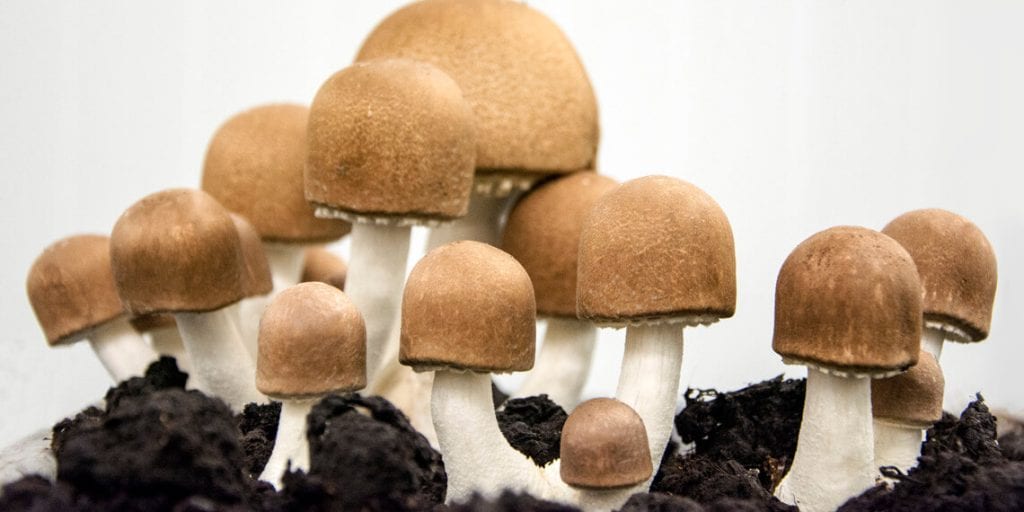Adenosine – Occurrence and Effect
In addition, adenosine is also a building block of certain coenzymes, while adenine in turn is a building block of adenosine. The eritadenin contained in the Shiitake mushroom is a derivate of this.
Physiological effect in the body
ATP is broken down in all process in the body that use energy, releasing adenosine. In the area of the nervous system, adenosine has certain receptors, blocking stimulating substances such as caffeine or activating neurotransmitters such as dopamine, acetylcholine or noradrenaline. A feedback effect occurs: the more active the nerve cells, the more ATP is used and the more adenosine arises. Consequently, more receptors are occupied, the nerve cells work more slowly and the brain is protected against “overexertion”. The blocking of activating neurotransmitters also leads to a widening of the blood vessels and therefore a lowering of blood pressure.
The adenosine increase also stimulates glycolysis. This increases the availability of energy. On the other hand, adenosine has an inhibiting effect on lipolysis.
Thrombin and Vasopressin can be blocked by adenosine. This leads to an aggregation inhibition of the blood platelets and to a widening of the vessels through the relaxation of the smooth muscles.
Adenosine also exerts a protective effect against an oxygen deficiency in the liver through the widening of vessels. Furthermore, adenosine brings about bronchial dilation (widening of constricted bronchia) in the lungs.
In addition, adenosine works as an endogenous regulator of immune and inflammatory processes. It inhibits the activation of the neutrophile granulocytes, phagocytosis and the production of certain toxic by-products of the inflammatory process, preventing excessive damage.
It has also been proven that adenosine protects against free oxygen radicals that are formed during normal oxidative metabolic processes and especially in the condition of hypoxia or ischaemia.
Adenosine is also attributed pain-relieving properties. Eritadenin is responsible for the cholesterol-lowering effect of the Shiitake mushroom.
Occurrence in certain mushrooms
Alongside the polysaccharides and triterpenes, adenosine is responsible for the adaptogenic properties of the mushrooms. Adenosine leads to an increased supply of energy, counteracting an overstimulation of the nervous system and relaxing the smooth muscles. Adenosines have been verified specifically so far in the following mushrooms: Agaricus blazei murrill, Auricularia, Cordyceps (cordycepin), Reishi and Shiitake (eritadenin).
Sources
- Willard, T.: “Reishi – Der Wunderpilz der alten Chinesen”; Heyne Verlag, 1999
- Klotz, Prof. Dr. Karl-Norbert: “A2B Adenosin Rezeptoren in der kardiovaskulären Pathologie – von der Medizinischen Chemie zur molekularen Genetik”; Würzburg University
CHOOSE THE RIGHT PROVIDER
There are many suppliers of mushroom powders. You will find trustworthy manufacturers in Germany with controlled organic cultivation. Click here to find out what is important when buying.





